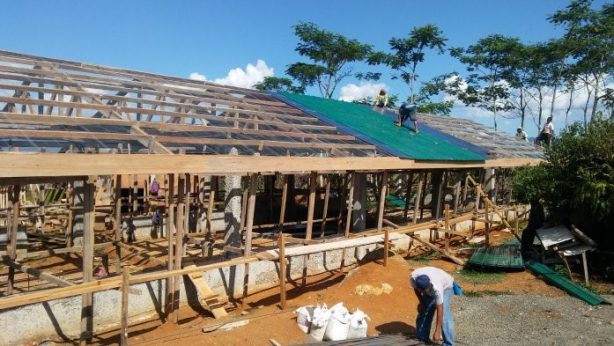All the Work and Effort That Go into Making a Cup of Coffee
On the JTS Philippines farm, there are about 150 coffee plants that have been planted with the aim of developing a source of income for the community in Mindanao. After planting the coffee trees, the JTS volunteers discovered that growing coffee trees is much harder than they ever imagined.
Coffee plants require shade and plenty of water to take root and bear fruit. However, there isn’t much shade on the JTS Philippines farm, and more than a month can go by without rain during the dry season, making the coffee plant leaves dry up. In addition, more labor goes into growing the coffee plant because JTS volunteers use organic fertilizers. Even if the coffee plants luckily bear fruit and ripen so they can be harvested, there is a long way to go before they can become coffee beans.
The red coffee fruits that are called “cherries” are peeled and dried after they are harvested. It takes over a week to dry them properly. When dry, they turn yellow. They have to be dried until completely dry because otherwise, it is hard to peel the inner shell of the fruit. After a long wait, the inner shell can be finally peeled. The raw coffee beans need to be roasted and de-shelled once more to finally become roasted coffee beans. Coffee farmers need to have extra-long thumbnails since they have to de-shell the coffee beans so many times.

